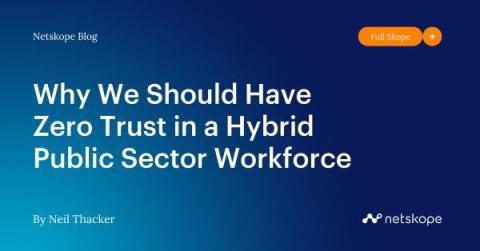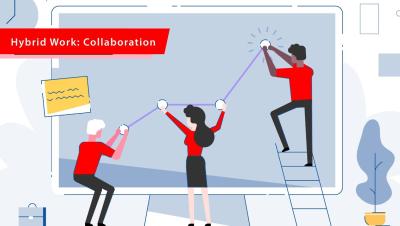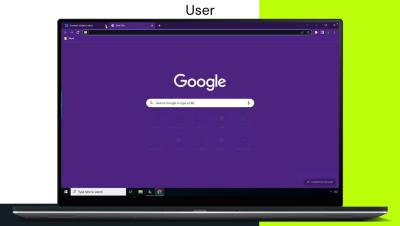Security | Threat Detection | Cyberattacks | DevSecOps | Compliance
Hybrid Work
Navigating the Hybrid Workplace: Balancing Productivity, Efficiency and Security
Why We Should Have Zero Trust in a Hybrid Public Sector Workforce
Hybrid Work Series: What About Collaboration?
How team collaboration tools and Cybersecurity can safeguard hybrid workforces
Hybrid operations are becoming an increasingly prevalent part of the business landscape. Certainly, this offers some fantastic opportunities for companies to reduce overhead costs and gain access to international talent. Yet, there are some distinct challenges hybrid workforces face, too.
URL and Content Filtering for Secure Internet Access with Lookout
4 Cloud Security Best Practices for Protecting SaaS Apps
In today's rapidly evolving technological landscape, SaaS applications have been essential in driving efficiency and promoting collaboration. But the benefits of the cloud also bring new risks, and securing your organization against a vast array of cloud security threats can be a unique challenge.
Why Remote and Hybrid Teams Need NDR
If you are wondering whether your firm needs network detection and response (NDR), ask yourself this question: How often did your team come into the office in the last week? Probably more than they did last year, but almost certainly daily. This is what work now looks like for most people. And if this describes your organisation, you need an extra layer of defence inside your network perimeter. To see why, just look at what has happened to the network perimeter itself.
Best Practices for File Sharing in Hybrid Work Environments
The move to hybrid work environments came suddenly for some organizations, while for others, it had been building incrementally. Regardless of how it happened, few came to it with a strategic plan for how IT would handle it. The result has been myriad challenges that span the physical and digital. On the digital front, one of the biggest challenges is related to secure file sharing.
How to establish network security for your hybrid workplace
The content of this post is solely the responsibility of the author. AT&T does not adopt or endorse any of the views, positions, or information provided by the author in this article. The global COVID-19 pandemic has left lasting effects on the workplace across all sectors. With so many people required to stay home, businesses in every field turned to remote work to open new possibilities for staying connected across distances.










